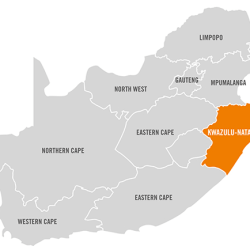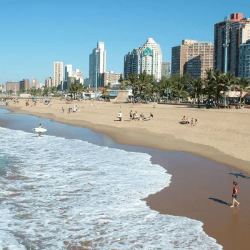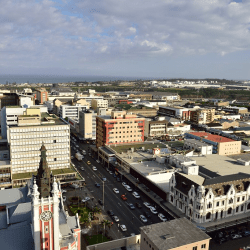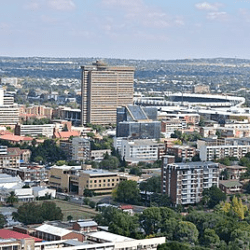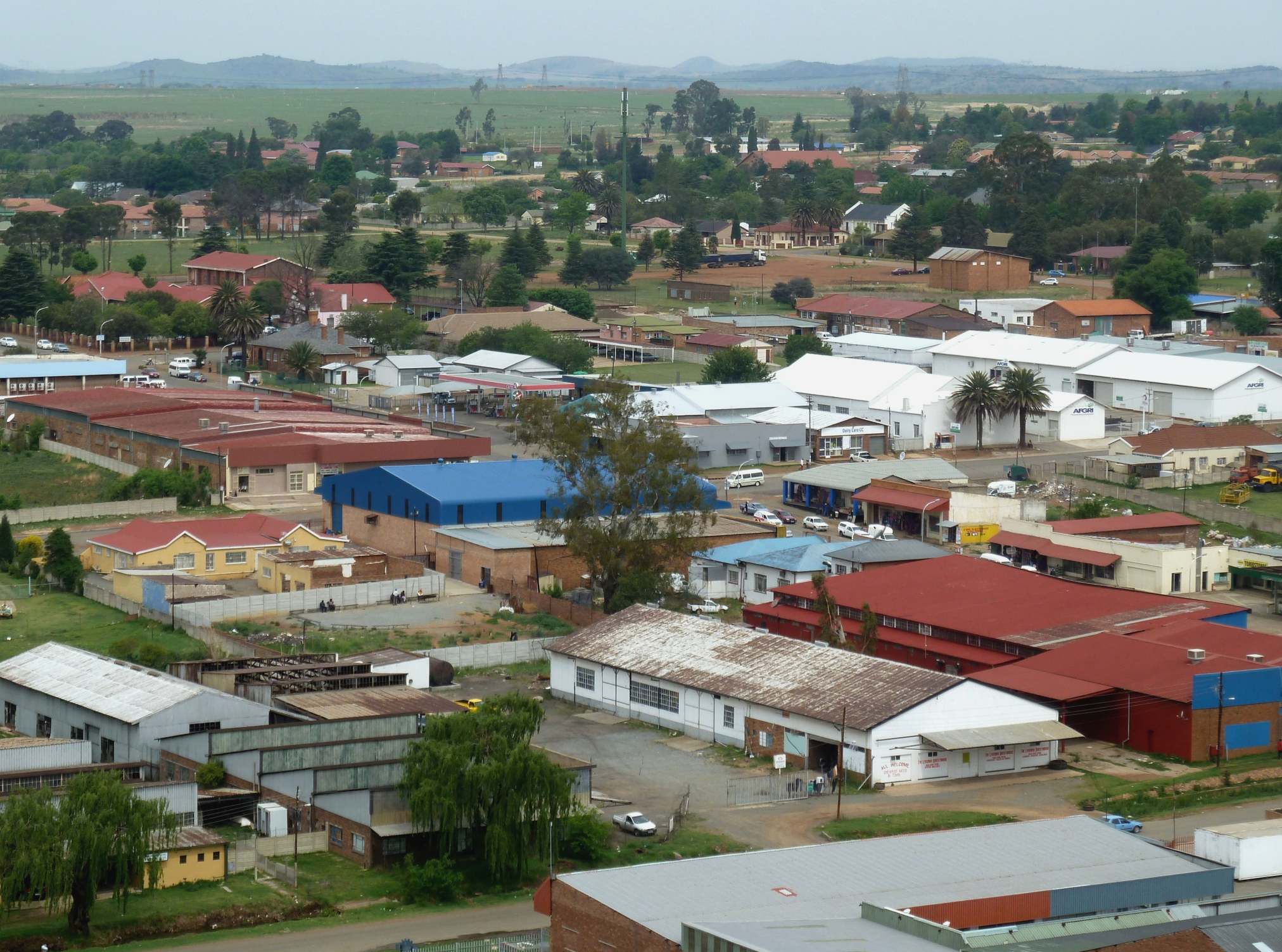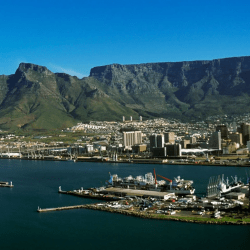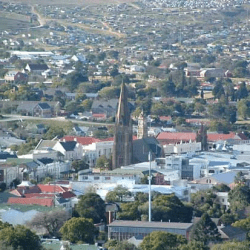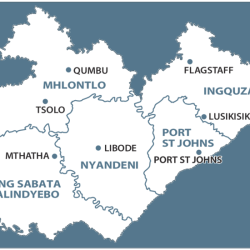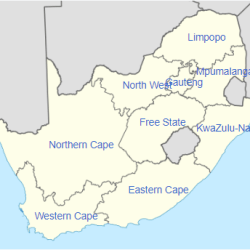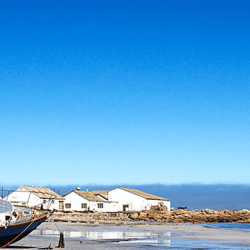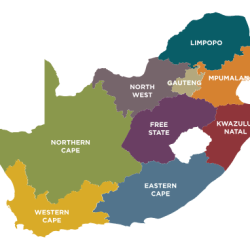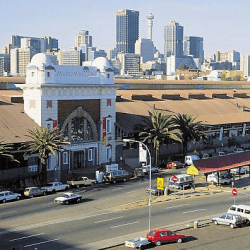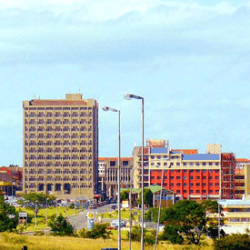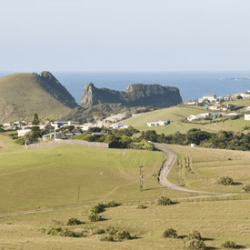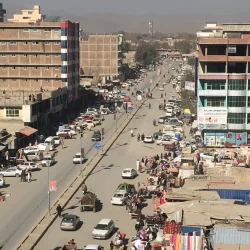KwaZulu-Natal (KZN) is situated along the east coast of South Africa. It is bounded to the north by Swaziland and Mozambique, to the east by the Indian Ocean, to the south by the Eastern Cape province, to the west by Lesotho and the Free State province, and to the north-west by the Mpumalanga province.

KwaZulu-Natal is home to the country’s two busiest ports, these being Durban and Richard’s Bay; the latter of which is the largest port by way of volume.
KZN is the second largest contributor to the economy of the country, generating a percentage share of national GDP of 16 per cent after Gauteng with a percentage share of GDP of 35.2 per cent; this proves that the province plays a significant role in SA’s economy.

It is against this backdrop that the publication discusses the major role players that have a direct effect on the growth of the economy of the province. KZN has a diverse economic and social culture, as a result its economy depends on various activities that boost its economic performance.
It performs in all economic spheres, most notably in agriculture, tourism, manufacturing, mining, trade, construction, finance and community services.
Owing to its strategic location along the east coast, the province has been provided with a competitive advantage in so far as tourism is concerned.

The province has nine “blue flag” beaches which allow for safe water sports to take place, it is home to the Drakensburg Mountains, the iSmangaliso World Heritage Site, private and public game reserves where one can “spot” the “Big Five”, the battlefields, and Oribi Gorge.
Over the period 2015 through 2016, KZN, along with the rest of the country, suffered a severe drought which resulted in the loss of livestock and a reduction in crop production.
This negatively affected the economy such that the country was forced to increase agricultural imports, thus increasing its current account deficit. Although rain fell in 2017, thus relieving the severity of the drought to some extent, the aftermath is still felt in the agricultural sector.
